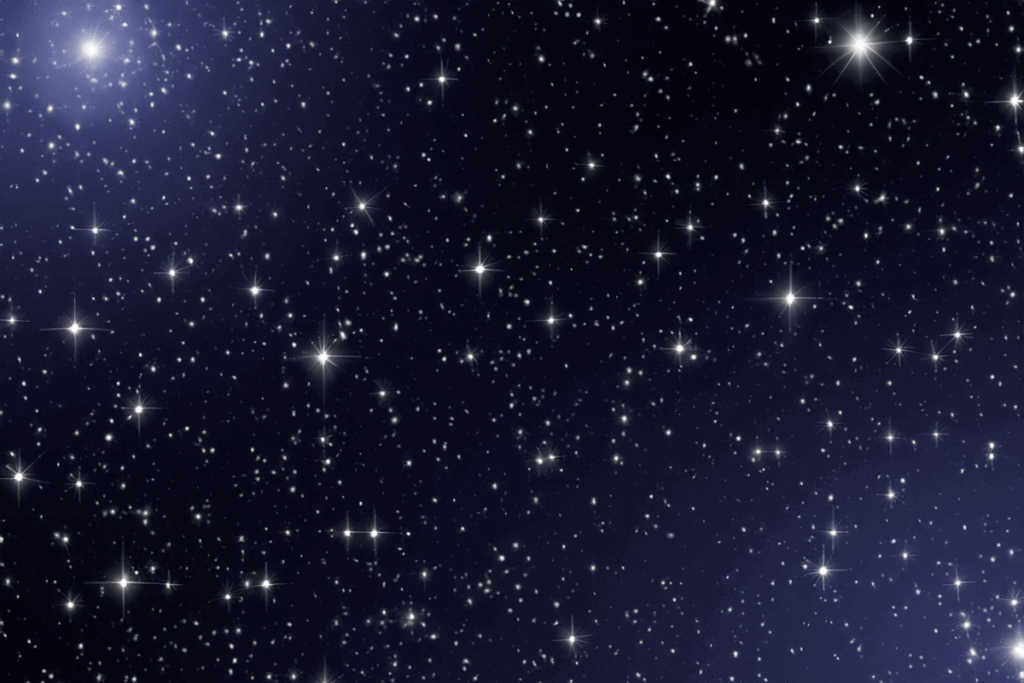Famous “Seven Sisters” Revealed to Have a Vast Stellar Family
Astronomers have uncovered that the iconic Pleiades star cluster — long known as the “Seven Sisters” — is home to thousands more stars than previously believed. Using data from NASA’s Transiting Exoplanet Survey Satellite (TESS) and the European Space Agency’s Gaia observatory, researchers found that the cluster contains around 20 times more stars than earlier estimates suggested.
The discovery redefines humanity’s understanding of one of the most recognizable features in the night sky and offers fresh insights into how stars are born and evolve together over time.
“This study changes how we see the Pleiades — not just seven bright stars, but thousands of long-lost siblings scattered across the whole sky,” said Andrew Boyle, lead author and graduate student in physics and astronomy at the University of North Carolina at Chapel Hill.
The findings were published Wednesday in The Astrophysical Journal.
A Hidden Population Revealed by Stellar Spin
The Pleiades, located roughly 440 light-years from Earth in the constellation Taurus, has been celebrated for millennia in myth, religion, and navigation. Cultures around the world — from ancient Greece and Mesopotamia to the Māori and the Maya — have identified the cluster as a distinct group of seven bright stars. Yet, modern astronomy now reveals that this visible cluster is only the bright core of a far more extensive stellar family.
The UNC research team used a novel method to detect the hidden members: tracking the rotation speeds of nearby stars. By measuring how fast each star spins, scientists can determine its age and whether it likely formed from the same cloud of gas and dust as the original cluster.
“Young stars spin quickly, while older ones slow down over time,” explained co-author Andrew Mann, professor of physics and astronomy at UNC-Chapel Hill. “By comparing their spin rates, we can identify stars that share a common origin, even if they’ve drifted far apart.”
Using rotation data collected by TESS and positional data from Gaia, the team mapped the rotational signatures of thousands of stars and identified a vast population that appears to share the same age and motion as the Pleiades.
A New Look at Stellar Families
The results suggest that many nearby stars once thought to be independent may actually belong to massive, extended stellar families that span large sections of the sky. These groups, dispersed by gravitational forces over hundreds of millions of years, are difficult to detect with conventional methods that rely solely on position and brightness.
“We’re realizing that many stars near the Sun are part of enormous, complex stellar families,” Mann said. “Our work provides a new way to uncover these hidden relationships.”
The approach opens the door to revisiting other well-known star clusters to see if they, too, have far-flung members. In doing so, scientists can reconstruct the “family trees” of stars and trace how the Milky Way’s structure evolved over time.
Implications for the Origins of the Solar System
The method may also help astronomers track down the original stellar siblings of our own Sun, which is believed to have formed in a cluster roughly 4.6 billion years ago before its family dispersed throughout the galaxy.
“By measuring how stars spin, we can identify stellar groups too scattered to detect with traditional methods — opening a new window into the hidden architecture of our galaxy,” Boyle said.
The revelation transforms one of astronomy’s most familiar sights into a powerful symbol of connection. For thousands of years, people have looked up at the Seven Sisters as a small, close-knit family of stars. Now, science shows that their true story — like our own — stretches far wider across the cosmos.


